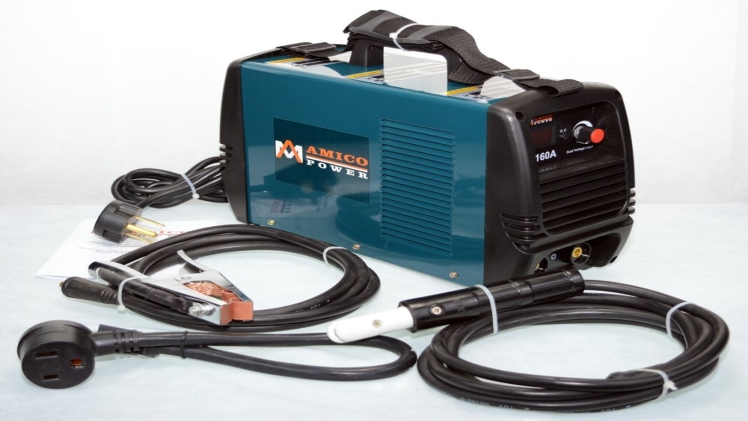Inverter welders have become increasingly popular in recent years due to their versatility, portability, and ease of use. It is a welding machine that uses electronic circuitry to convert AC power to DC power, which is then used for welding metal. This article will discuss the benefits of using the welder machine and what to look for before purchasing.
They are of various kinds, most lightweight and portable compared to transformer-based welders. This makes them easy to carry around with an efficient carrying handle and compact design. They can be plugged into a standard 110v wall socket, thus consuming less power.
They have a comprehensive power adjustment range from nil to 100%, thus allowing fine-tuning to specific user needs. However, due to their relatively fragile state, they can be more costly per amp compared to transformer-based welders. Regardless, the machine is a significant milestone in welding technology, with various benefits that make it stand out from transformer-base welders.
What to Look for Before Purchase:
- Input Power: these machines can operate on various power sources, including 110V, 220V, and even 240V. It is essential to check the power requirements of the welder and ensure that it matches the power source available in the workspace.
- Power Output: This is an essential factor to consider before purchasing. It determines the metal’s thickness that can be welded and the welding technique that can be used. A higher power output is required for thicker metals.
- Portability: Inverter welders are often purchased for their portability, so it is essential to consider the weight and size of the welder. A compact and lightweight welder is easier to transport to job sites.
- Duty Cycle: A high duty cycle indicates that the welder can be used for longer periods, making it ideal for more extended welding jobs.
- Additional Features: these welders come with several other features, such as digital displays, adjustable amperage,
Benefits
- Versatility: the welders can weld various metals, including steel, aluminum, and stainless steel. They can also be used for multiple welding techniques, such as TIG, MIG, and Stick.
- Power Efficiency: these welder machines use less power than traditional welding machines, making them more energy-efficient and cost-effective. They can also operate on various power sources, including generators and solar panels.
- Clean Welding: the inverter produces a more sanitary weld than traditional welding machines. They have a higher frequency, which creates a more stable arc, resulting in a cleaner and more precise weld.
- Portability: the inverter welding machines are usually small and lightweight, making them easily transported from one job site to another. They can be carried in a backpack or even a small suitcase, which makes them ideal for mobile welding applications.
Conclusion
The new, improved welder machine is considered an essential milestone in the welding industry, bringing efficiency to welding activities. Compared to the transformer-based welder, the inverter exhibits much more benefits that assist in welding, making it a go-to machine bound to make work more accessible and practical.

